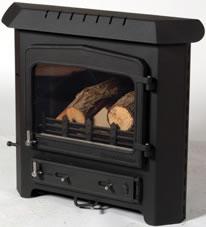Another thing to take into consideration is air vents to supply fresh air for combustion. If these are inadequate or blocked it can stop the fire drawing properly and can cause smoke/fumes to get sucked back into the room.
Also potentially lethal.
I would have thought that if it was a cold flue issue it would be difficult to light in the first place but from description it seems to start playing up once the fire has started to get established.
Also potentially lethal.
I would have thought that if it was a cold flue issue it would be difficult to light in the first place but from description it seems to start playing up once the fire has started to get established.


